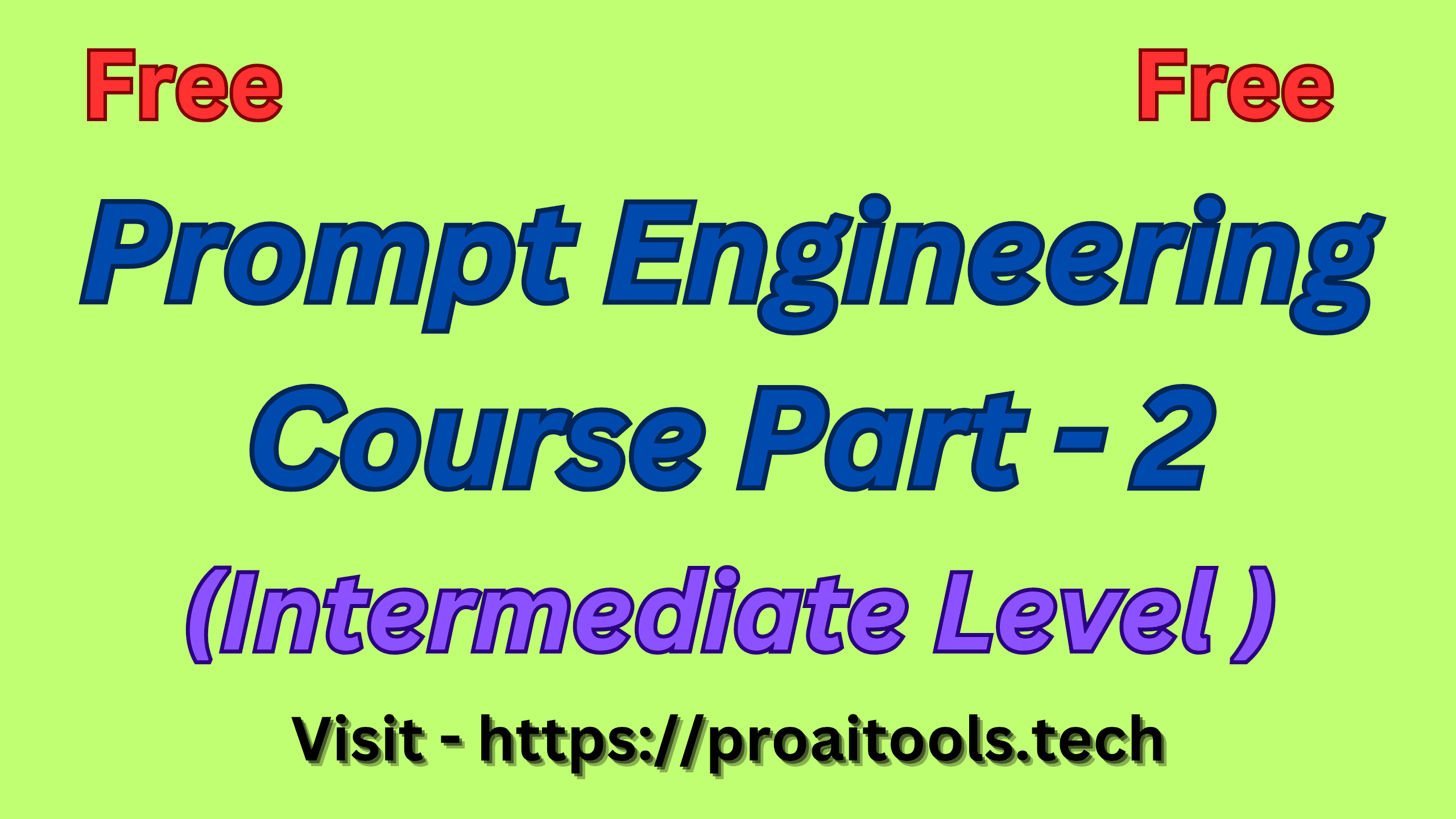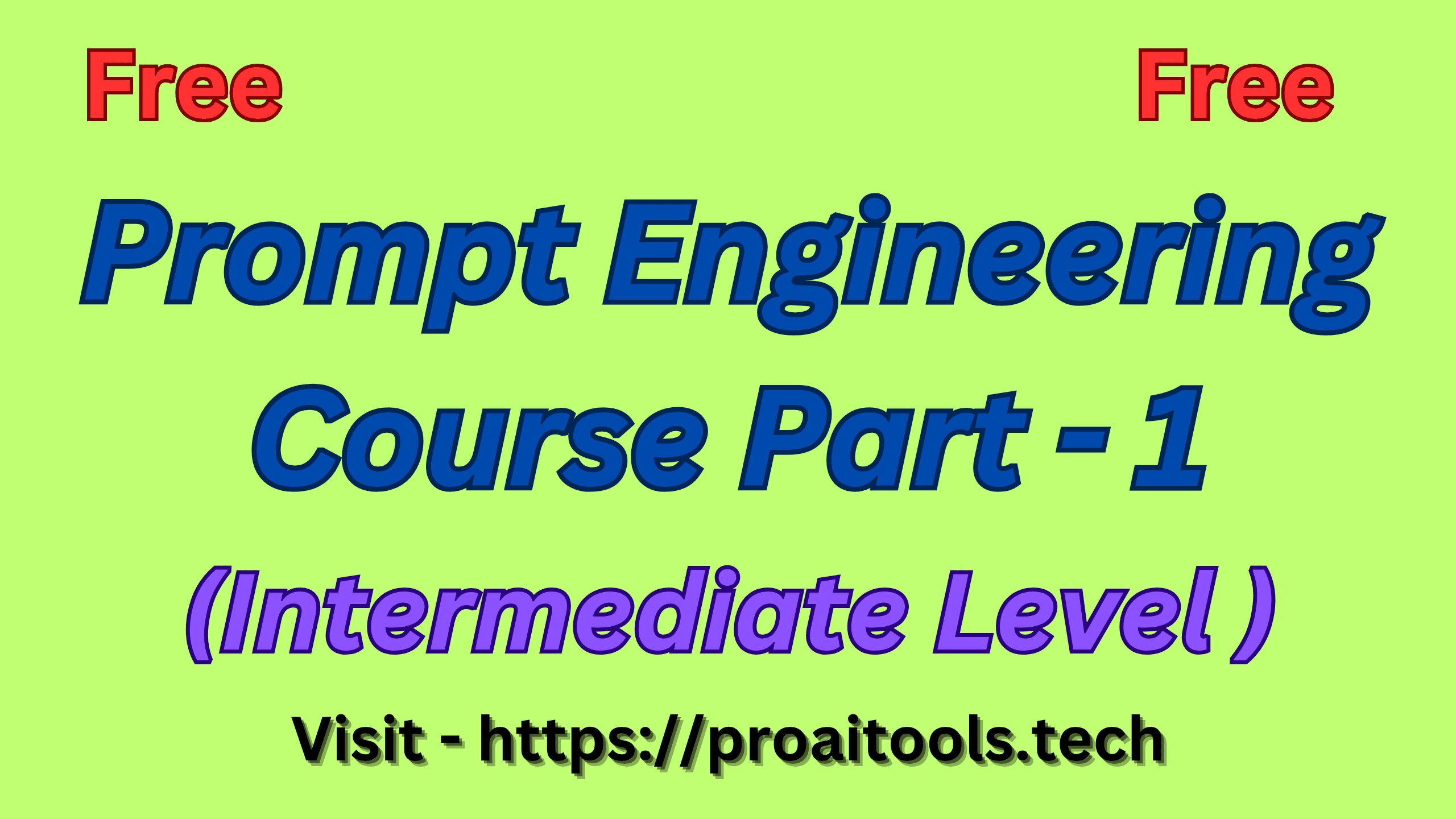Advanced Prompt Structuring: Unlocking Precision in AI Interactions
Prompt engineering has become an essential skill as artificial intelligence (AI) tools take center stage across various industries. While basic prompts may handle simple tasks, complex interactions demand well-crafted, precise, and detailed prompts to guide AI toward accurate and relevant outputs. In this article, we delve into advanced techniques for prompt structuring, providing in-depth knowledge, real-world applications, and practical strategies to enhance your AI communication skills.
What is Advanced Prompt Structuring?
Advanced prompt structuring refers to the process of creating highly specific, goal-oriented instructions for AI. These prompts not only clarify your expectations but also ensure that AI can handle intricate and multifaceted tasks. A well-structured prompt breaks down your needs into actionable instructions, eliminating ambiguity and minimizing trial and error.
At this level, you are no longer simply asking for information; you are shaping the AI’s behavior to serve your exact purpose. Advanced prompt structuring incorporates techniques like:
- Contextual information
- Tone and style guidance
- Specific constraints (e.g., word limits, audience focus)
- Multi-step processes to manage complex tasks
The goal is to optimize AI outputs, ensuring precision, relevance, and alignment with your objectives.
Why Advanced Prompt Structuring is Critical
Advanced prompt structuring is vital because it significantly enhances the effectiveness and quality of AI-generated content. Here’s why this skill is essential:
- Improved Precision: A well-structured prompt leads to more accurate and relevant AI responses.
- Efficiency: Minimizes the need for multiple iterations by delivering the desired results in fewer attempts.
- Complex Task Management: Enables AI to handle intricate and multi-faceted tasks by breaking them down into manageable steps.
- Industry Versatility: From content creation to data analysis, advanced structuring adapts to diverse fields like marketing, healthcare, and education.
- Creative Control: Grants you more control over the tone, style, and structure of the AI’s output, giving it a more tailored and personalized feel.
By mastering these advanced techniques, you’ll be able to harness AI’s full potential for your specific needs.
Core Principles of Advanced Prompt Structuring
Let’s explore the foundational principles of creating advanced prompts.
1. Clarity and Specificity: The Bedrock of Effective Prompts
Clarity is the cornerstone of any successful prompt. The clearer and more specific your instructions are, the better the results will be. Ambiguous prompts confuse AI, leading to irrelevant or vague outputs.
Key Guidelines for Clarity:
- Provide Context: Clearly explain the task, providing any necessary background or details the AI might need.
- Limit the Scope: Avoid overly broad or generalized prompts; the more focused, the better.
- Define the Objective: Make sure the AI knows exactly what kind of output you expect.
Example:
- Basic Prompt: “Write an article about AI in education.”
- Advanced Prompt: “Write a 300-word article explaining how AI is transforming personalized learning in education, specifically focusing on adaptive learning systems and intelligent tutoring systems.”
2. Tone and Style Directives
The tone and style of the AI’s response can significantly affect its impact. Whether you need a friendly tone or a formal report, specifying this in your prompt is crucial for maintaining consistency.
Tone and Style Tips:
- Tone: Friendly, formal, persuasive, casual, technical, etc.
- Style: Sentence length, structure, and complexity (e.g., use of bullet points, short sentences, or descriptive paragraphs).
- Audience: Who will be reading the output (e.g., a high school student, a C-level executive, a customer)?
Example:
Prompt: “Write a 200-word email introducing a new AI-powered tool for improving productivity in the workplace. Use a formal tone with a professional audience in mind.”
3. Providing Constraints: Narrowing the Focus
Constraints help guide the AI’s response, ensuring it remains within defined boundaries. These can be used to limit the length, style, or content of the output.
Types of Constraints:
- Word or Character Limit: Ensure the output is concise or adheres to a specific length.
- Content Focus: Direct the AI to focus on specific aspects or avoid certain topics.
- Format Specifications: Request specific formatting (e.g., use of bullet points, numbered lists, or paragraphs).
Example:
Basic Prompt: “Write a blog post on digital marketing.”
Advanced Prompt: “Write a 500-word blog post on the impact of AI on digital marketing, excluding social media platforms. Use bullet points for the key takeaways and ensure the tone is casual yet informative.”
4. Multi-Step Prompts: Managing Complex Tasks
For complex tasks, breaking down the process into smaller steps can improve the AI’s output. Multi-step prompting allows you to guide the AI through a structured process.
Best Practices:
- Break Tasks into Phases: If the task involves multiple steps, guide the AI through each phase.
- Step-by-Step Instructions: Offer clear instructions for each step and define how to transition between them.
Example Workflow:
- “List five industries that are benefiting from AI.”
- “For each industry, write a 100-word explanation of how AI is used within it.”
- “Combine these explanations into a 400-word article for a business audience.”
5. Experimentation: Refining Through Iteration
One of the keys to advanced prompt structuring is experimentation. Since AI’s outputs can vary with slight changes in phrasing or context, it’s important to iterate and refine prompts to find the most effective formulation.
Ways to Experiment:
- Rephrase: Adjust the wording of the prompt to see how it affects the output.
- Add Constraints: Test the effect of adding different constraints like word limits, tone, or content exclusions.
- Split Tasks: If a prompt yields unsatisfactory results, split it into smaller, simpler tasks and test again.
Example:
- Initial Prompt: “Explain the role of AI in healthcare.”
- Variation 1: “Describe how AI is being used for patient care in healthcare. Focus on machine learning applications.”
- Variation 2: “Write about AI’s impact on patient care in healthcare, particularly AI-assisted diagnostics and treatment recommendations.”
6. Using Formatting as a Guide
The way you structure your prompt can significantly influence the output. Use formatting tools like lists, bullet points, and placeholders to guide the AI.
Formatting Guidelines:
- Numbered Lists: Ideal for step-by-step processes or ordered information.
- Bullet Points: Helps with clear, concise presentation.
- Brackets/Placeholders: Indicate where specific details should go.
Example:
Prompt:
“Write a product description for a new AI-powered smartwatch. Include the following:
- Product Name: [Insert name]
- Key Features: [List three main features]
- Target Audience: [Explain who it’s designed for]
- Call to Action: [Encourage purchase with a short CTA]”
Tables and Tools for Advanced Prompt Structuring
To enhance clarity, let’s use a table to break down the components of an advanced prompt. This table can be a reference for building your own advanced prompts.
| Component | Purpose | Example |
|---|---|---|
| Context/Background | Provides essential information to the AI for understanding the task. | “Describe the future of AI in education. Focus on innovations in personalized learning.” |
| Tone and Style | Directs the AI on how to communicate. | “Write in a formal, academic tone, avoiding colloquial language.” |
| Constraints | Limits the scope of the response. | “Write a 200-word summary, excluding technical jargon.” |
| Structure | Organizes the content in a specific way (e.g., bullet points). | “Provide three key benefits of AI in healthcare, each in a separate bullet point.” |
Practical Exercises for Mastery
Here are some practical exercises to sharpen your advanced prompt structuring skills:
- Rewriting Basic Prompts: Take a simple prompt like “Write a blog about AI” and rewrite it into a detailed, advanced prompt with tone, structure, and constraints.
- Tone Variations: Create prompts for the same topic in different tones (e.g., persuasive, casual, informative) and evaluate how the output varies.
- Step-by-Step Tasks: For a complex subject, break the task into smaller steps and create sequential prompts.
- Constraint Testing: Experiment with constraints like word limits, timeframes, or audience targeting to refine your results.
Conclusion
Advanced prompt structuring is an indispensable skill for unlocking the full potential of AI. By applying principles like clarity, tone specification, multi-step processes, and formatting, you can craft prompts that generate highly relevant and tailored outputs. The key to mastering advanced prompt engineering lies in practice and experimentation. The more you refine your prompts, the more control you’ll have over the AI’s behavior.
Stay updated with the latest AI advancements and continue testing your prompts to adapt to new trends. The ability to craft effective, advanced prompts is essential for anyone looking to leverage AI in meaningful, efficient ways.
Click here for Prompt Engineering (Intermediate Level) Part-1
Click here for Prompt Engineering (Intermediate Level) Part-3
Click here for Prompt Engineering (Intermediate Level) Part-4
Click here for Prompt Engineering (Intermediate Level) Part-5
Click here for Prompt Engineering (Intermediate Level) Part-6
Click here for Prompt Engineering (Intermediate Level) Part-7
Click here for Prompt Engineering (Intermediate Level) Part-8
Click here for Prompt Engineering (Intermediate Level) Part-9


